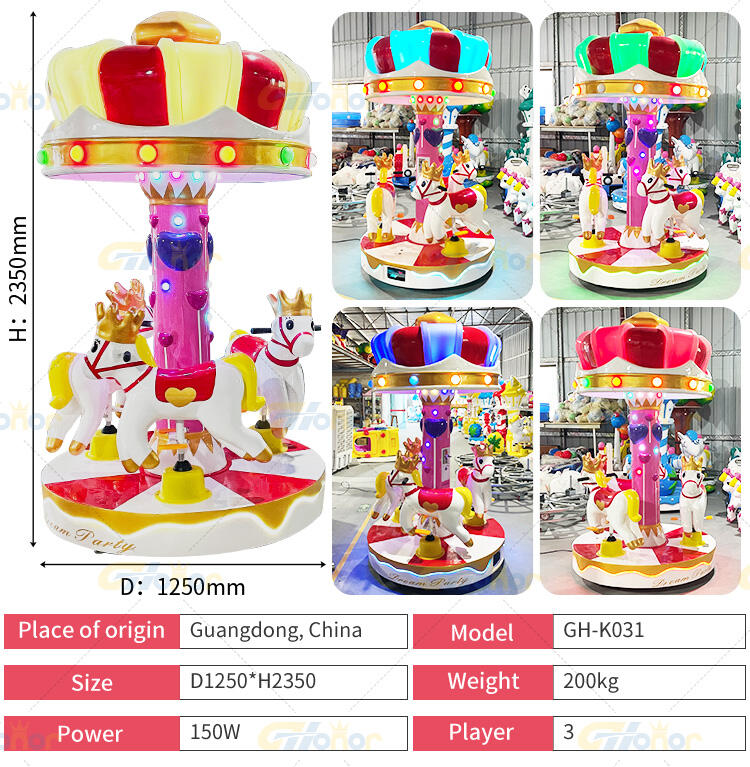As the international trade arena grows ever more competitive, CE certification has become a must-have for exporting game machines. This stamp of approval proves a product meets strict European health, safety, and environmental standards, and it acts as the key that unlocks the European market for manufacturers. In this post, we’ll look at why CE certification matters for exported game machines, what it means for the people making them, and the trends that may shape this market in the future.
First, let’s talk about the law. If game machines want to be sold anywhere in the European Economic Area (EEA), they must align with specific EU directives. These cover a broad range of issues, such as electromagnetic compatibility, safety for low-voltage equipment, and general machinery safety. When a manufacturer secures CE certification, they’re essentially saying, “Our product meets these tough requirements.” This cuts down on the chance of legal trouble and boosts their reputation in the eyes of European customers.
CE certification is key to winning consumer trust today. Shoppers increasingly choose products with recognized safety marks, and game machines with the CE logo tell them the product meets strict European safety and quality rules. This assurance can drive sales and lift the brand’s image. Manufacturers that make CE certification a priority stand out against rivals who skip these standards, giving them a clear market advantage.
The power of CE certification also lies in market access. For makers in Asia, North America, or elsewhere outside the EU, the certification process can seem daunting. Yet it is the gateway to the rich European market. Products without CE certification can be turned away at the border, causing serious revenue loss. For this reason, funding the certification journey is more than a box-ticking exercise; it is a wise, forward-thinking choice that unlocks new revenue streams and growth markets.
Beyond granting market entry and reassuring players, CE marking shapes the entire lifecycle of game machine development. Developers are pushed to weave safety and compliance checks into the earliest sketches, fostering inventive designs and higher durability. Such forward-thinking usually leads to fewer product recalls and security breaches, protecting both brand reputation and player wellbeing.
Looking forward, the CE certification process is becoming more dynamic. The surge of digital gaming and cloud services is spawning fresh challenges and evolving benchmarks. Game machines that leverage augmented reality or artificial intelligence, for instance, are now under tighter examination for safety and personal data handling. As regulators modernize the rules, manufacturers must monitor these shifts and adapt swiftly to keep their products in the clear.
To sum up, CE marking is far more than red tape—it’s a strategic edge for any exporter of game machines. By grasping its full value, manufacturers open doors to new markets, cultivate player confidence, and spark ongoing innovation. The gaming sector will keep changing, and the brands that track certification trends will retain their lead in the global arena.

